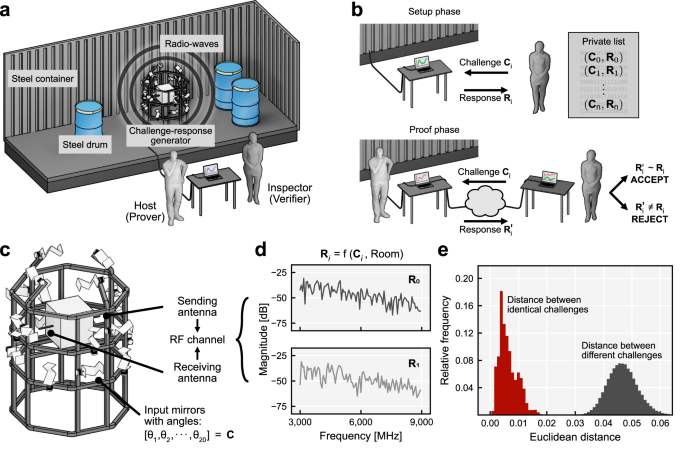2023-11-13 イリノイ大学アーバナ・シャンペーン校
◆先端バイオエネルギー・バイオ製品イノベーションセンター(CABBI)の原料生産と持続可能性のテーマが協力し、研究者たちはオゾン濃度の影響をC3作物(ひよこ豆、米、スナップビーン、大豆、小麦)とC4作物(ソルガム、トウモロコシ、ススキ × ギガンテウス、スイッチグラス)に対して調査しました。PNASに発表された研究結果によれば、C4作物は高濃度のオゾンに対してC3作物よりもはるかに耐性があることが示されています。これは将来的な作物の展開において重要な知見となります。
<関連情報>
- https://aces.illinois.edu/news/new-study-indicates-c4-crops-less-sensitive-ozone-pollution-c3-crops
- https://www.pnas.org/doi/10.1073/pnas.2313591120
酸素濃度上昇に対するC3およびC4作物の光合成反応は類似しているが収量反応は異なる Similar photosynthetic but different yield responses of C3 and C4 crops to elevated O3
Shuai Li, Andrew D. B. Leakey, Christopher A. Moller, Christopher M. Montes, Erik J. Sacks, DoKyoung Lee, and Elizabeth A. Ainsworth
Proceedings of the National Academy of Sciences Published:November 10, 2023
DOI:https://doi.org/10.1073/pnas.2313591120

Significance
Current ground-level ozone (O3) pollution significantly reduces global crop productivity. Understanding how different crops respond to elevated O3 concentration ([O3]) is critical to improve crop production and resilience under atmospheric change. Here, we synthesize available literature and unpublished data from five C3 crops and four C4 crops grown with increased O3 pollution in open-air field experiments over the past 20 y. We quantitatively show that C3 crops are more sensitive to elevated [O3] than C4 crops. Our results provide key insights into O3 response in crops with different photosynthetic pathways and could help guide future efforts to improve crop O3 tolerance.
Abstract
The deleterious effects of ozone (O3) pollution on crop physiology, yield, and productivity are widely acknowledged. It has also been assumed that C4 crops with a carbon concentrating mechanism and greater water use efficiency are less sensitive to O3 pollution than C3 crops. This assumption has not been widely tested. Therefore, we compiled 46 journal articles and unpublished datasets that reported leaf photosynthetic and biochemical traits, plant biomass, and yield in five C3 crops (chickpea, rice, snap bean, soybean, and wheat) and four C4 crops (sorghum, maize, Miscanthus × giganteus, and switchgrass) grown under ambient and elevated O3 concentration ([O3]) in the field at free-air O3 concentration enrichment (O3-FACE) facilities over the past 20 y. When normalized by O3 exposure, C3 and C4 crops showed a similar response of leaf photosynthesis, but the reduction in chlorophyll content, fluorescence, and yield was greater in C3 crops compared with C4 crops. Additionally, inbred and hybrid lines of rice and maize showed different sensitivities to O3 exposure. This study quantitatively demonstrates that C4 crops respond less to elevated [O3] than C3 crops. This understanding could help maintain cropland productivity in an increasingly polluted atmosphere.



